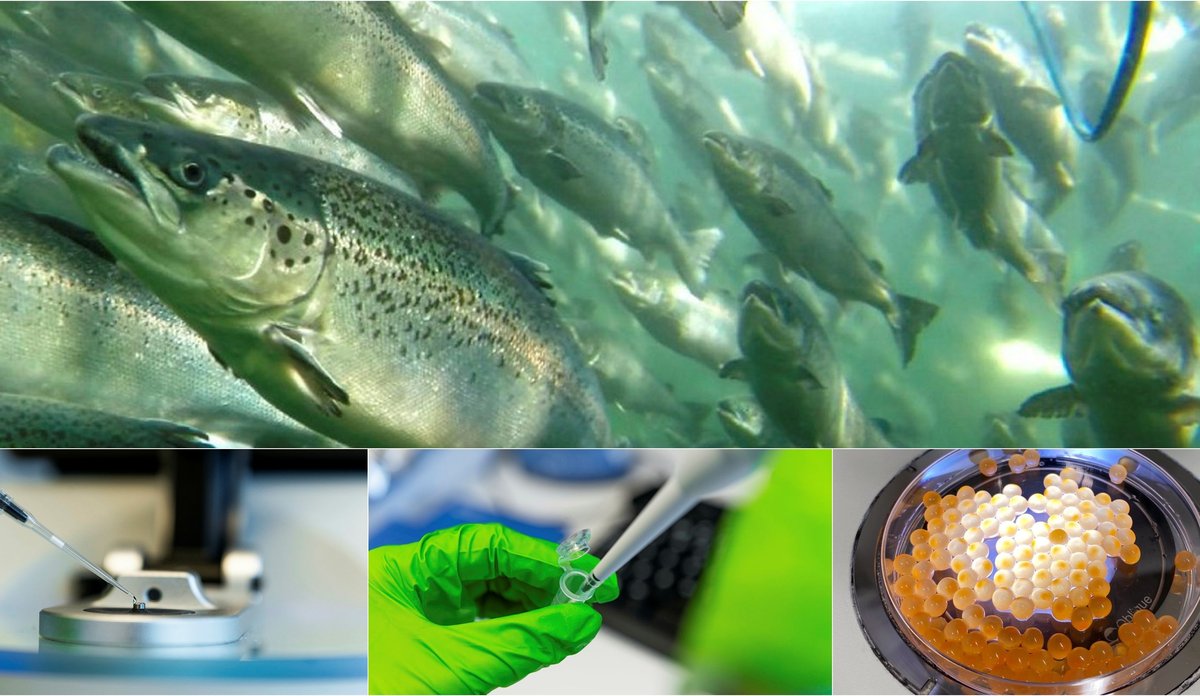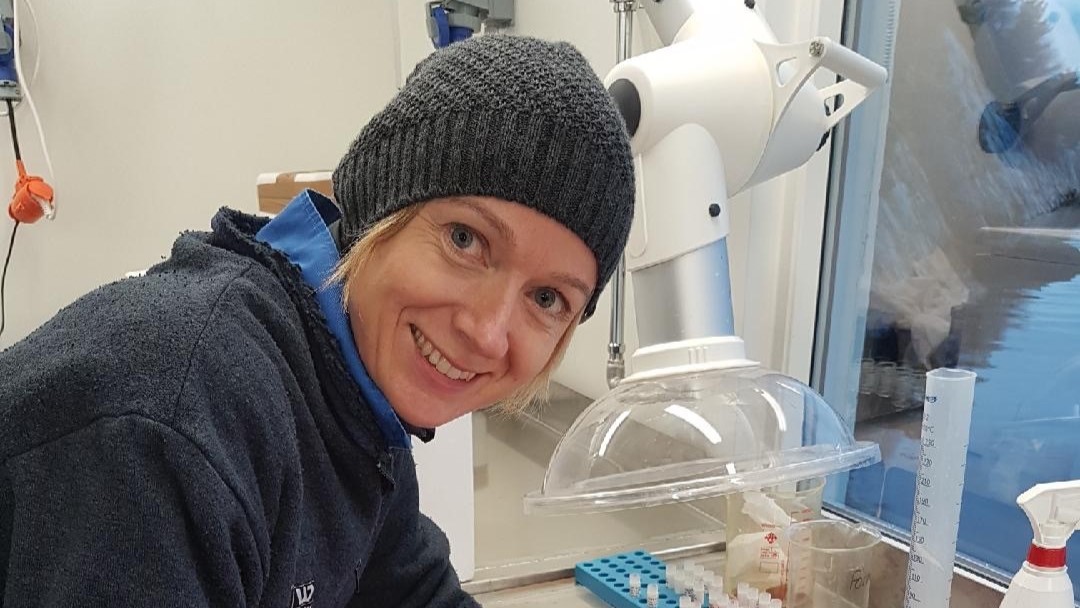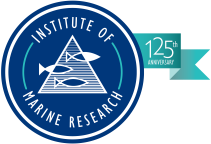Altered spawning season changes the use of important genes in the next generation

New research shows that manipulating the spawning season in farmed salmon affects the expression of important genes in the next generation. Photo: Frode Oppedal, Christine Fagerbakke, and Anne-Catrin Adam / IMR
Published: 01.04.2025
These findings come from a new epigenetic study at IMR. Epigenetics is about understanding how behavior and the environment affect how genes function.
In the study – published in the journal PLOS ONE – researchers examined whether different spawning seasons result in “imprints” or “tags” on the genetic material of the next generation of farmed salmon.
These tags do not change the genetic material itself or the instructions in the genes but influence how the genes are read and utilized. The tags regulate the usage of the genes they imprint on, either up or down. This is known as gene regulation.
– The knowledge from this and future studies in the field can be very beneficial for the aquaculture industry. It might enable the manipulation of the environment for the broodstock – mature fish used for breeding – so that the next generation has better health and becomes more resilient, even when the spawning time is shifted.
This is explained by marine researcher Kaja H. Skjærven.
Spawning year-round
In nature, salmon spawn in late autumn, but to ensure year-round access to fish, farmers manipulate the spawning time.
They do this by adjusting factors such as light, temperature, and the timing of transferring broodstock from seawater to freshwater.
But how is the next generation impacted by changes in fundamental environmental factors in the life of the broodstock?
Previous research at IMR has shown that salmon eggs have lower levels of essential nutrients when farmed salmon spawn in summer instead of autumn.
Examined four different spawning times
Now Skjærven and colleagues have also looked at how gene regulation in the offspring – the usage of the genes – is affected by changes in spawning time.
The effects of four different spawning times for farmed salmon were examined: Normal (November), very shifted (June), and two months before and after the usual season.
Researchers extracted genetic material from the livers of the next generation of salmon while they were in the larval stage. At this stage, the dimensions are small, the liver being approximately one millimeter in diameter.
– They laughed at me at the breeding facility and said this would never work, but I've dissected liver from zebrafish before, which is even smaller, says Skjærven.
– Why did you choose to focus on the liver?
– We could have looked at DNA from the eggs, but we would either have gotten too little genetic material or different tissue types in the samples, which would make comparisons more uncertain. Additionally, it's known that the liver is crucial for metabolic processes that affect growth and future growth potential.

Large differences in gene expression
From larvae from the different spawning seasons, researchers extracted various tags – epigenetic imprints – from thousands of genes.
Then, heavy tools from bioinformatics' rich toolbox were employed. Computational power was used to shake out interesting correlations from large amounts of biological data.
– Comparisons between the manipulated spawning seasons and the normal season showed that some of the genes had more tags, while others had fewer, says Skjærven.
Further pairwise comparisons also revealed significant differences in gene expression. Genes from the deviant spawning seasons were more often down-regulated than up-regulated. This suggests that this offspring used the recipes in the genes less for the production of vital building blocks in cells.
The differently expressed genes can roughly be sorted into three categories: They are important for cell division, immune reactions, and metabolism, which concerns how effectively the salmon larvae have utilized the energy in the egg to grow.
– Therefore, we can also assume that the regulation of these genes is crucial for the salmon's future growth and health, says Skjærven.
Domino effect – and new opportunities
The study suggests that a shifted spawning timing can have a domino effect, leading to poorer growth in the next generation.
Simultaneously, it's clear that epigenetic research creates new opportunities for the aquaculture industry.
– Insights from epigenetic research can be used to alter specific traits in a desired direction in new generations of fish. The tags on the offspring’s genetic material might be fine-tuned by adjusting environmental factors such as nutrition, temperature, light, as well as spawning season for broodstock, says Skjærven.
In an ongoing project (EpiBrood) funded by the Norwegian Seafood Research Fund, IMR is conducting epigenetic studies on various tissue types in salmon, as well as on light and lice treatment of broodstock.
Initially, the goal is to determine whether altered gene regulation in offspring is due to epigenetic tags being inherited from the broodstock, or if the cause is differing nutrient contents in the yolk sac in salmon eggs.
Reference
Takaya Saito, Marit Espe, Maren Mommens, Christoph Bock, Jorge M.O. Fernandes and Kaja Helvik Skjærven (2025): «Altered spawning seasons of Atlantic salmon broodstock transcriptionally and epigenetically influence cell cycle and lipid-mediated regulations in their offspring | PLOS ONE».
